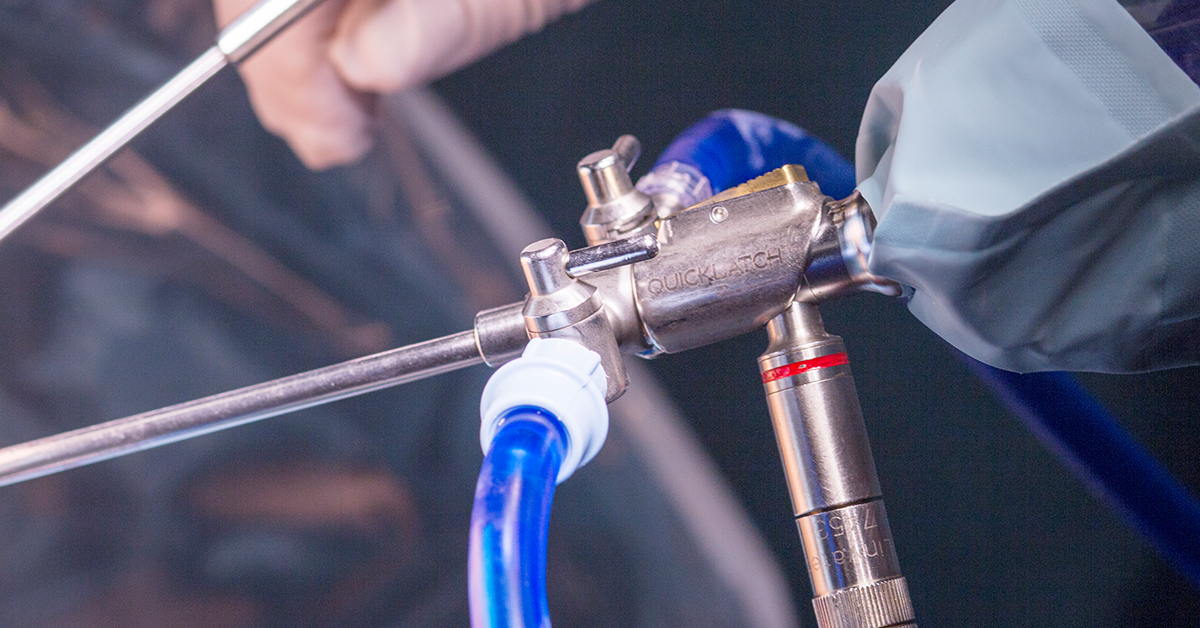
What is Arthroscopic Bankart Repair?
In the glenohumeral joint, the humerus head is covered smooth cartilage so that movement is possible with as little friction as possible. The rim of the glenoid, where the humerus head is socketed, is rimmed with a ring of fibrous cartilage called the labrum. This procedure is performed when the labrum is detached from the glenoid. Because the labrum plays a large role in keeping the humerus head stable in the shoulder, a detached labrum can cause instability and dislocation.
Who needs Arthroscopic Bankart Repair?
The labrum serves to help with stability in the shoulder joint by deepening the socket the humerus head nestles in. Detachment of the labrum is often the result of injury or trauma to the shoulder. Often this injury occurs in athletes, especially those who play contact sports.
What are the steps in this Arthroscopic Bankart Repair?
Initial Incision
The surgeon makes small incisions in the front and back of the shoulder. A special tool called an arthroscope is inserted into one of the incisions. An arthroscope is a small camera that allows the surgeon to see inside of the joint during the procedure. The surgeon then inserts other tools into the incisions to perform the procedure.
Cleaning the Area
The surgeon removes rough edges and any loose debris from the area around the detached labrum.
Placing Anchors
Once the area is clean, small holes are drilled in the bone near the detached area. In these holes, the surgeon places anchors, which will serve to hold sutures in place.
Reattaching the Labrum
Once the sutures are anchored, the surgeon fastens the sutures to the labrum. The labrum to the glenoid are reattached by tightly pulling the sutures against the anchors.
End of Procedure
All instruments are then removed, and the incisions are closed.
After Surgery
Often, the arm is placed in a sling after this procedure. Your doctor will prescribe physical therapy. Adherence to physical therapy is necessary in order to regain your full range of motion. As a result of this procedure, the labrum will naturally and gradually reattach to the glenoid socket.

